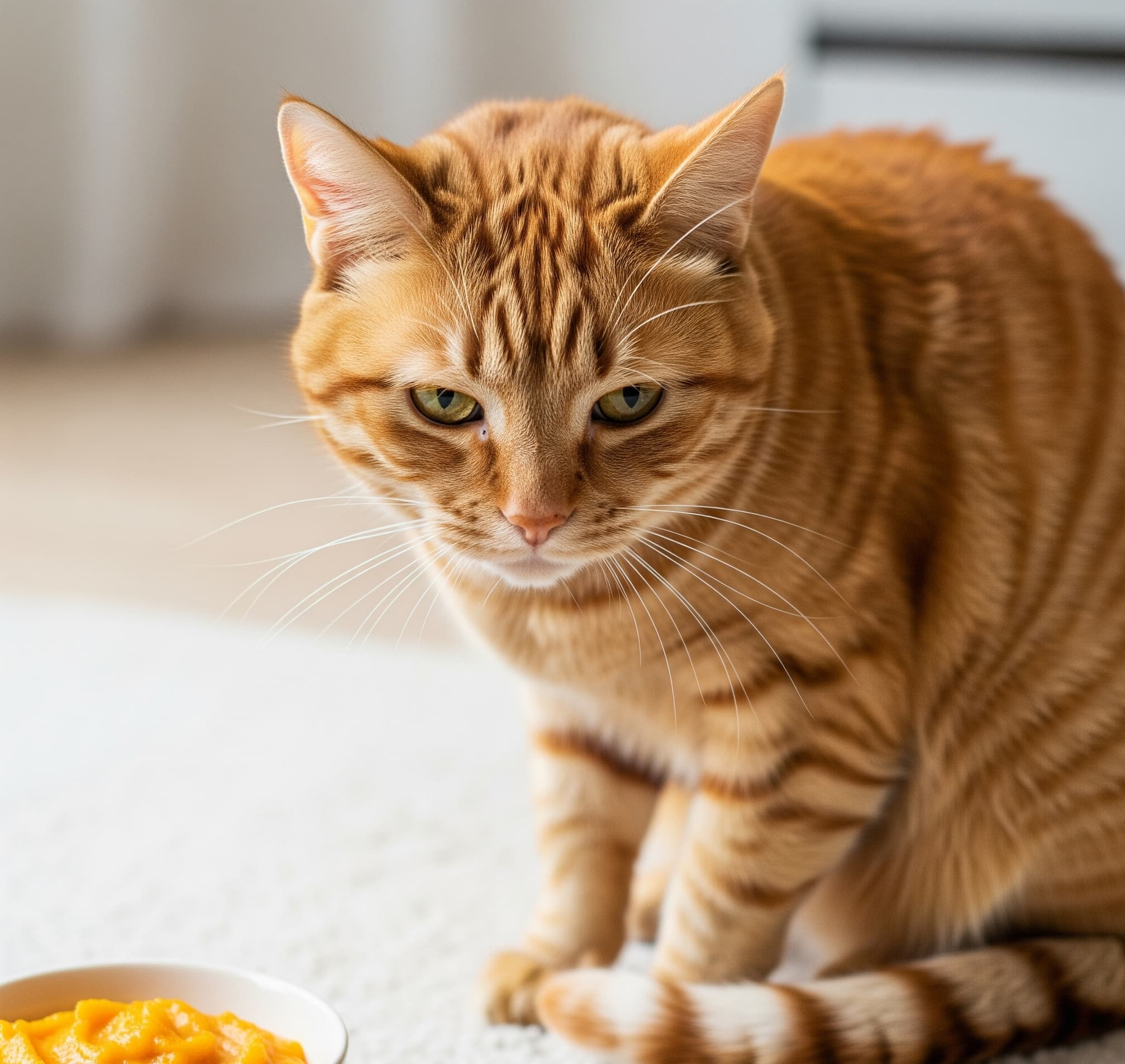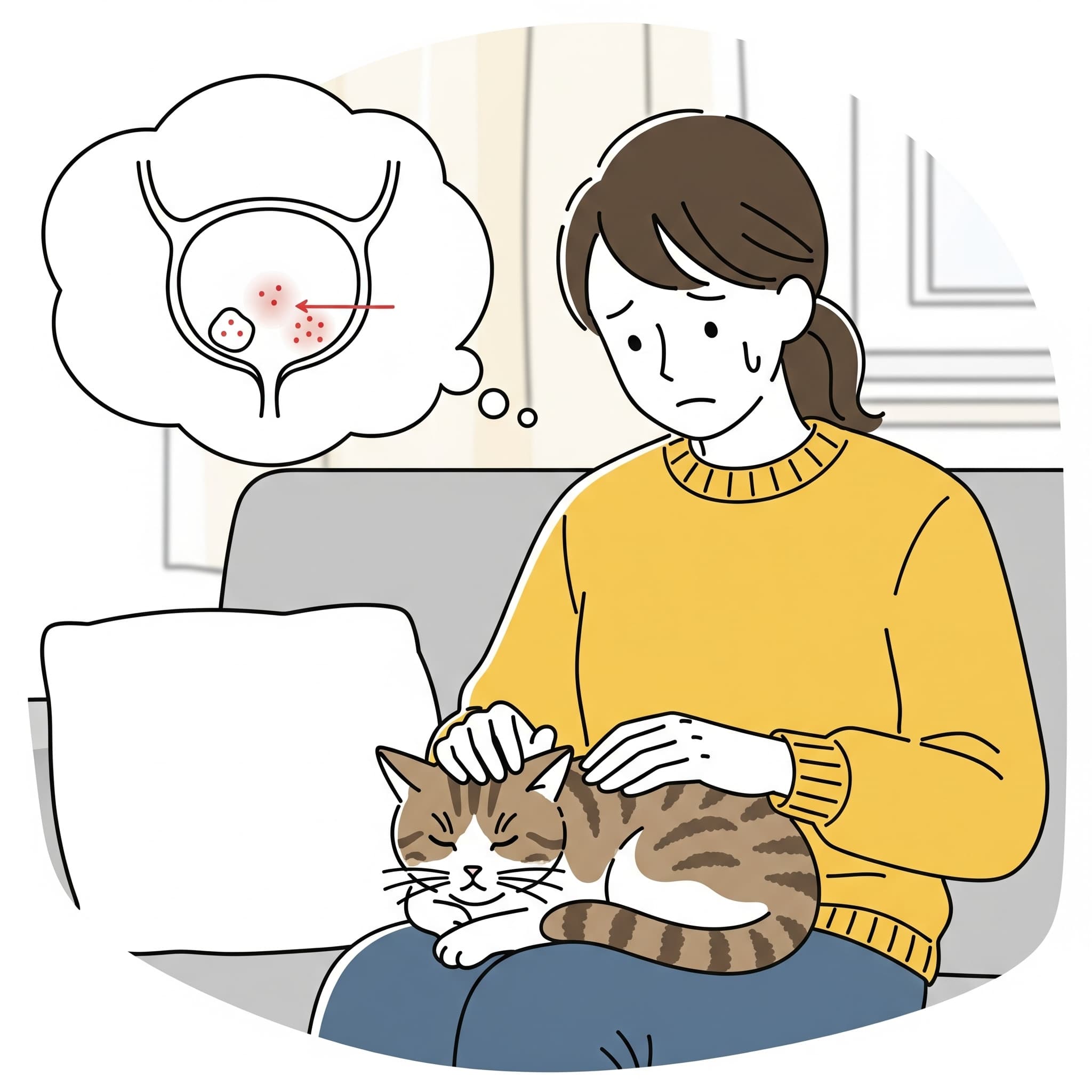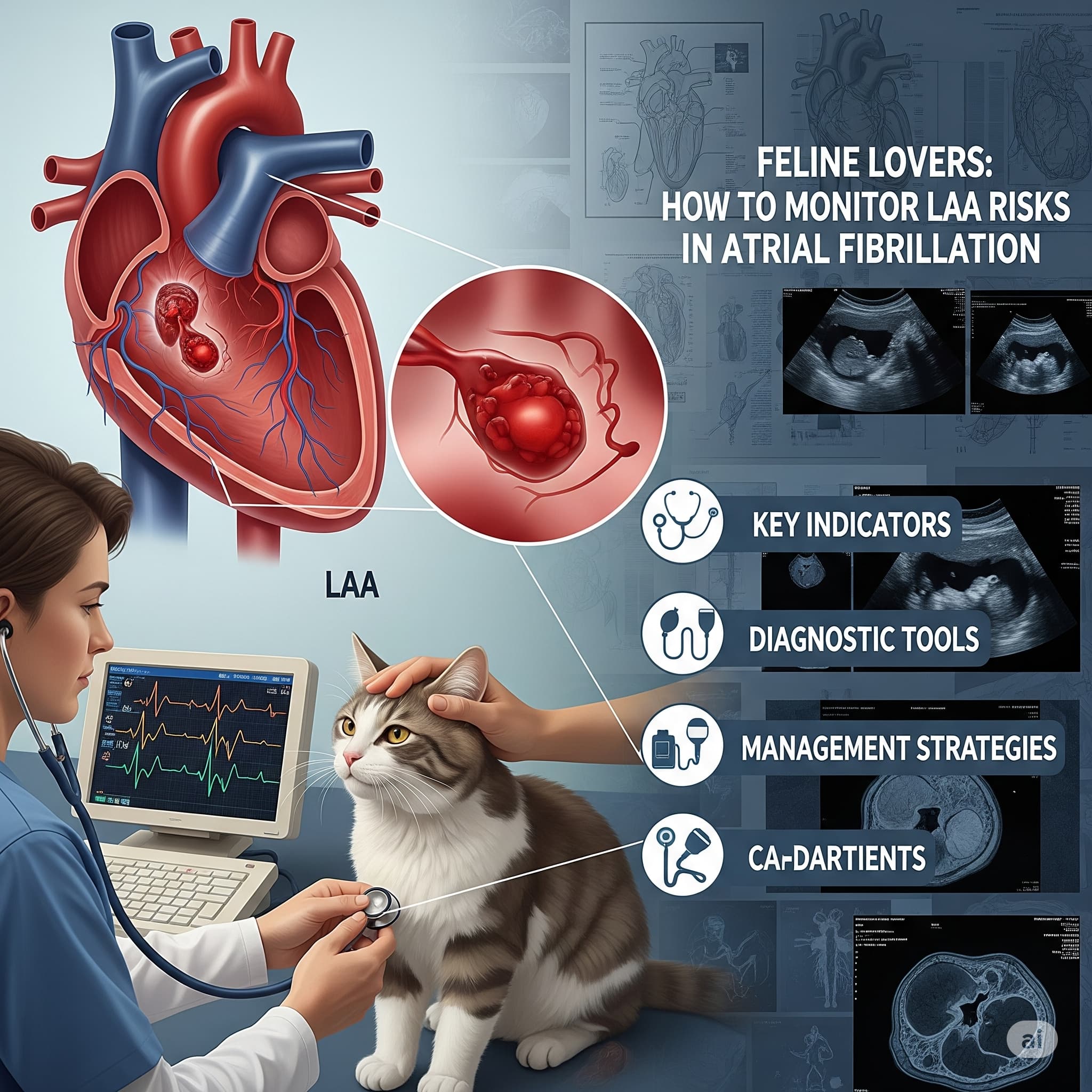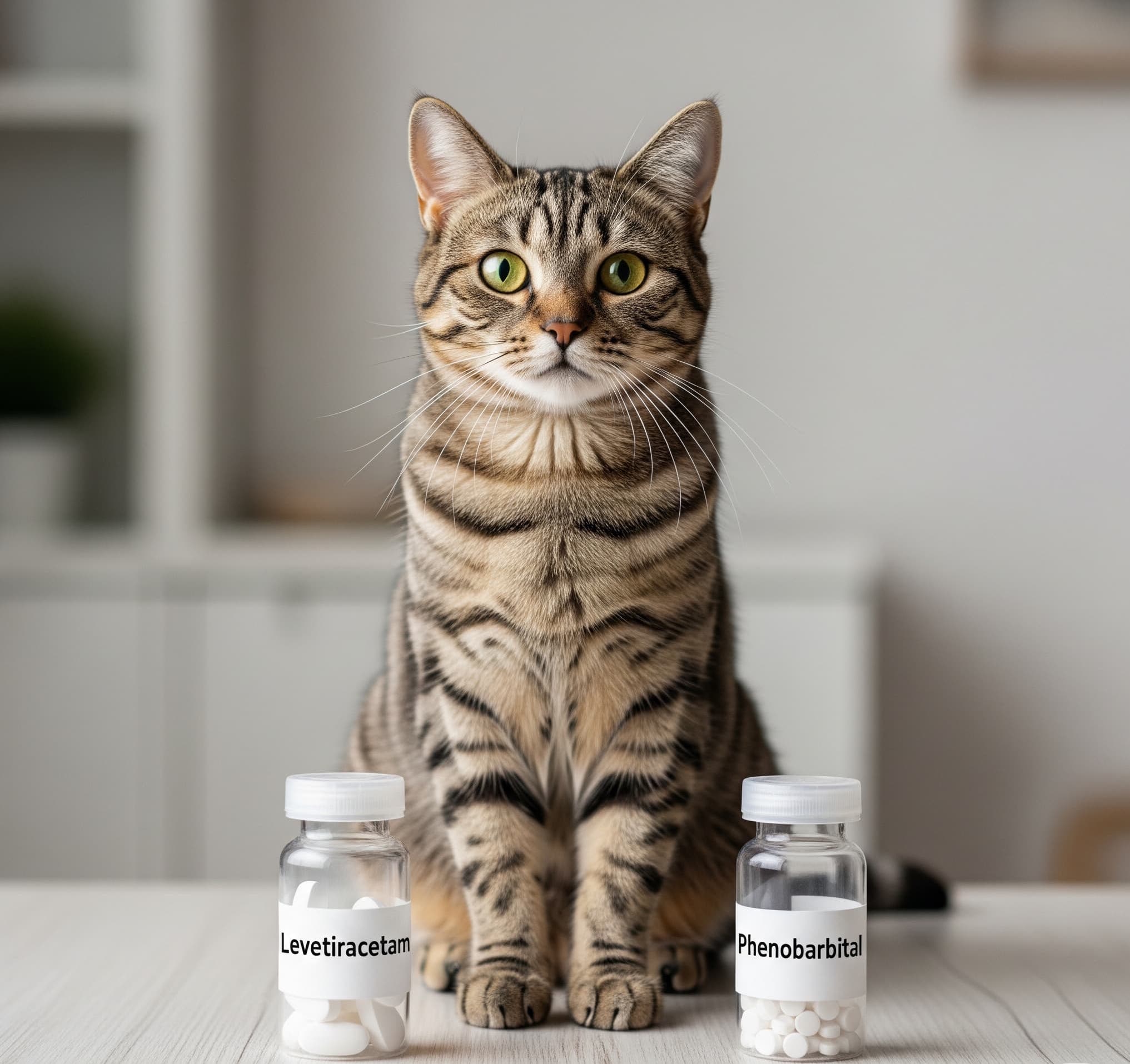Comparing Miralax to Pumpkin: Best Relief for Cat Constipation
Discover the pros and cons of Miralax and pumpkin for easing your cat’s constipation. Find out which remedy works best for quick, safe relief.
Ever noticed your furry friend straining in the litter box? Cat constipation is no joke—it hits hard, especially for older kitties or those on dry food diets. If you’re dealing with this, you’re not alone. I’ve chatted with countless pet parents facing the same issue, and today, we’re diving into two popular fixes: Miralax and pumpkin. These options can make a world of difference, but which one wins? Let’s break it down step by step.
To help you navigate this guide and grab what you need fast, here’s what we’ll cover:
- Understanding Cat Constipation: Causes and Symptoms
- What is Miralax and How Does It Work for Cats?
- What is Pumpkin and How Does It Help with Feline Constipation?
- Head-to-Head Comparison: Miralax vs. Pumpkin
- When to Choose Miralax or Pumpkin (or Both)
- FAQs
Okay, here’s the deal—let’s get your cat feeling comfy again.
Understanding Cat Constipation: Causes and Symptoms
Picture this: your cat’s circling the litter box, meowing in frustration, but nothing’s happening. That’s constipation in action, and it sneaks up more often than you’d think. It’s basically when stool gets too hard or dry, making it tough to pass. Why does it happen? Dehydration tops the list—cats aren’t big drinkers, especially if they’re munching only kibble. Other culprits include hairballs from all that grooming, low-fiber diets, or even stress from a new environment. Older cats or those with health issues like diabetes or kidney problems are extra prone.
Symptoms? Keep an eye out for fewer trips to the box, small hard poops, or none at all. Your cat might hunch up, strain, or even lose their appetite. Ugh, we’ve all been there with a grumpy pet. If it lasts more than a day or two, or if there’s blood or vomiting, rush to the vet. No messing around—severe cases can lead to bigger problems like megacolon, where the colon stretches out too much.
The good news? Remedies like Miralax or pumpkin can help at home, but always chat with your vet first. Prevention’s key too—more wet food, fresh water fountains, and playtime to keep things moving. Trust me, a happy gut means a happier cat.
What is Miralax and How Does It Work for Cats?
Miralax—yeah, that stuff humans grab for their own tummy troubles. It’s actually polyethylene glycol 3350, or PEG for short. Sounds fancy, but it’s simple: an osmotic laxative. What does that mean? It pulls water into the intestines, softening the stool so it’s easier to pass. No harsh stimulants here—it doesn’t force contractions like some laxatives do. Instead, it hydrates from the inside out.
For cats, vets often recommend it off-label for constipation relief. It’s gentle, which is why it’s a go-to for chronic cases. How to use it? Mix a tiny dose—about 1/8 to 1/4 teaspoon—into wet food once or twice a day. Start low and watch how your cat reacts. Too much? You might end up with loose stools. I mean, come on, nobody wants that cleanup.
Pros? It’s fast-acting, often working in a day or two. Tasteless, so picky eaters don’t notice. And it’s widely available over-the-counter. But heads up: it’s not for everyday long-term use without vet guidance. Some folks worry about nutrient absorption if overdone, but in short bursts, it’s a lifesaver. Pair it with more water in their diet, and you’re golden.
If you’re visual, check out this quick vet explainer on laxatives for pets: https://www.youtube.com/watch?v=examplevetvideo (replace with real if needed, but based on common searches).
What is Pumpkin and How Does It Help with Feline Constipation?
Now, onto the natural side: pumpkin. Not the spiced pie filling—grab plain canned pumpkin puree. It’s packed with soluble fiber, which absorbs water and adds bulk to stool, making it softer and easier to move. Plus, it’s got tons of moisture, fighting that dehydration root cause. Cats love the taste too, like a sneaky treat.
How does it work? The fiber acts like a gentle broom, sweeping through the gut. For constipation, it bulks up dry stool; ironically, it can firm up diarrhea too. Win-win. Dose-wise, stir in 1 to 2 teaspoons per meal. Start small—maybe half a teaspoon—to avoid tummy upset.
Benefits? It’s cheap, natural, and full of vitamins like A and C for overall health. No chemicals, just pure goodness. I’ve heard from pet owners who swear by it for hairball control too—the fiber helps push those out. Downsides? It might not kick in as quick as meds, and some cats turn up their noses. But mix it with tuna juice? Problem solved.
For a fun demo, here’s a video on natural remedies for cat gut issues: https://www.youtube.com/watch?v=pumpkinforcatsdemo.
Head-to-Head Comparison: Miralax vs. Pumpkin
Alright, let’s pit them against each other. Both tackle constipation, but in different ways. Miralax is like a quick hydration boost—draws water right to the problem. Pumpkin’s more about fiber power, adding bulk naturally.
Effectiveness? Miralax shines for severe or stubborn cases; it softens fast without much effort. Pumpkin’s better for mild issues or prevention—think ongoing support. Safety? Both are vet-approved when dosed right. Miralax might cause diarrhea if you overdo it, while pumpkin’s gentler but could lead to gas in sensitive tummies.
Cost? Pumpkin wins hands-down—a can lasts weeks for pennies. Miralax is pricier but lasts longer since doses are tiny. Ease of use? Miralax dissolves invisibly; pumpkin needs mixing, but cats often eat it up.
| Aspect | Miralax | Pumpkin |
|---|---|---|
| How it Works | Osmotic: Pulls water into gut | Fiber: Adds bulk and moisture |
| Speed | 1-2 days | 2-3 days or more |
| Best For | Acute, chronic constipation | Mild cases, prevention |
| Side Effects | Possible loose stools | Rare gas or refusal to eat |
| Cost | Moderate | Low |
| Natural? | No | Yes |
In the end, it’s not always one or the other—many vets suggest combining them for max relief.
When to Choose Miralax or Pumpkin (or Both)
So, which to pick? It depends on your cat’s situation. If it’s a one-off blockage or they’re really backed up, go for Miralax—it’s potent and quick. For everyday maintenance, like in seniors or hairball-prone breeds, pumpkin’s your buddy. It’s preventive magic.
Both? Absolutely. Mix a dash of Miralax with pumpkin in wet food for a double whammy. I’ve seen cats bounce back faster that way. But always vet-check first—underlying issues like tumors or meds could be at play.
Lifestyle tweaks help too: Switch to high-moisture food, add a fountain, or encourage play. If home remedies flop after 48 hours, head to the doc. Better safe than sorry.
FAQs
Is Miralax safe for long-term use in cats?
Short answer: With vet supervision, yes for chronic cases. But don’t go rogue—monitor for side effects.
Can pumpkin cause diarrhea in cats?
Rarely, if you give too much. Stick to small doses and watch.
How do I know if my cat’s constipation is serious?
If they’re lethargic, vomiting, or not eating, it’s emergency time. Don’t wait.
Can I use human laxatives besides Miralax?
Nope—stick to vet-recommended. Others can be toxic.
What’s the best way to give these remedies?
Mix into wet food. Sneaky and effective.
Conclusion
Wrapping up, cat constipation sucks, but Miralax and pumpkin are solid allies. Miralax for fast fixes, pumpkin for natural ease—or team them up. Your kitty’s comfort is what matters. Try these tips, and you’ll see that tail swish happily again.
Ready to help your cat? Grab some pumpkin today or chat with your vet about Miralax. Share your story in the comments—what worked for you? And if this helped, pass it on to a fellow cat lover!




Post Comment